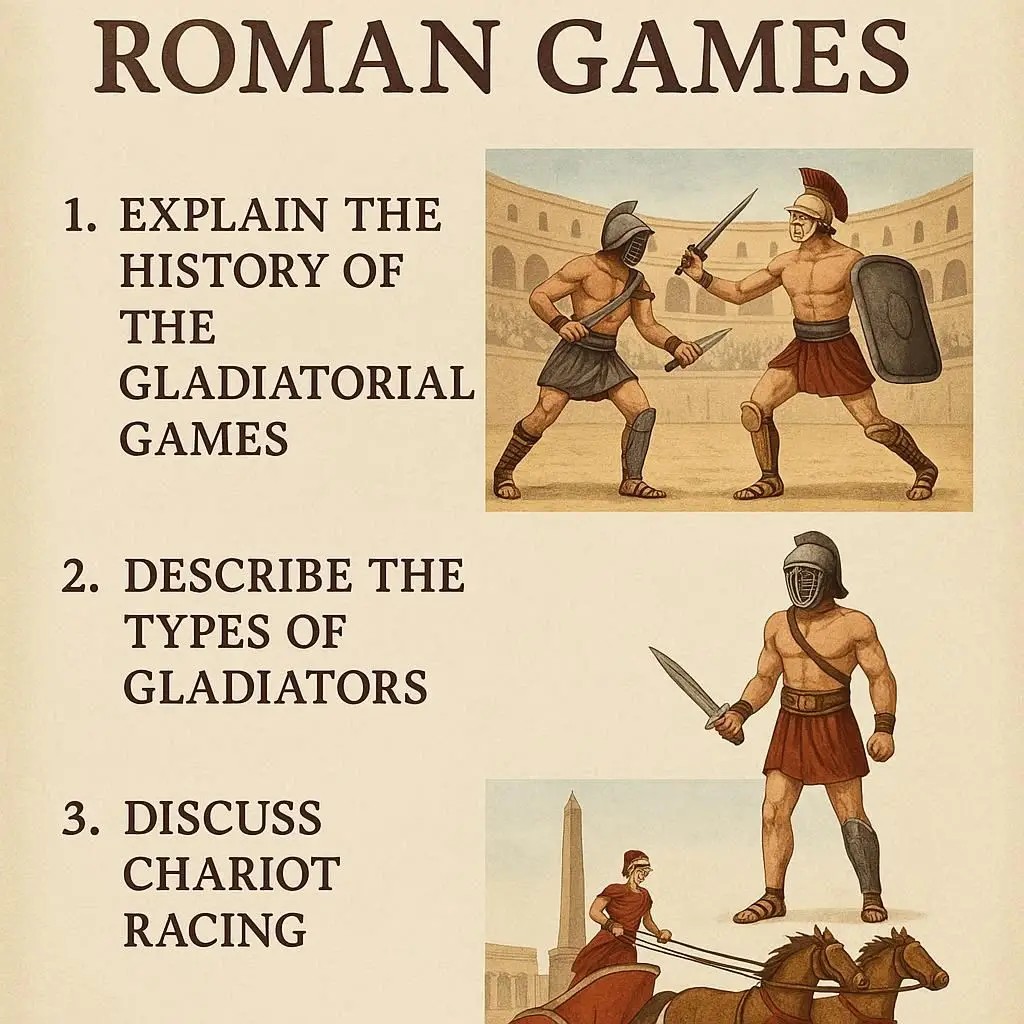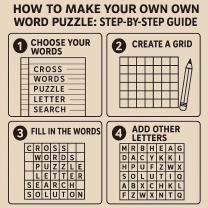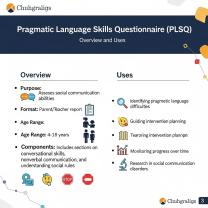How can I teach students about the Roman games?
Teaching students about the Roman games can be both fun and educational! Here’s a step-by-step approach to make it engaging and informative:
1. Introduce the Historical Context
Start with a brief overview of ancient Rome and its culture.
Explain what the Roman games were and their significance in Roman society (entertainment, politics, social control).
2. Describe the Different Types of Roman Games
Gladiatorial combats
Chariot races
Animal hunts (venationes)
Public executions
Theatrical performances and religious festivals
Use visuals like pictures, maps of the Colosseum, or short videos to help students visualize.
3. Use Storytelling and Role-Play
Tell stories of famous gladiators or events in the Colosseum.
Have students role-play as different figures: gladiators, emperors, spectators.
4. Hands-On Activities
Create simple paper or cardboard models of the Colosseum.
Organize mock “chariot races” using toy cars or paper crafts.
Have students design their own gladiator shield or helmet.
5. Discuss the Social and Political Aspects
Talk about why emperors sponsored games — to gain popularity and control the masses.
Discuss the role of slaves and freedmen in the games.
Touch on the ethical questions around violence and entertainment.
6. Multimedia Resources
Use documentaries or clips from films like Gladiator (with age-appropriate caution).
Show images of Roman mosaics or frescoes depicting the games.
7. Connect to Modern Times
Compare the Roman games to modern sports or entertainment events.
Discuss the concept of “bread and circuses” and its relevance today.
8. Assessment and Reflection
Have students write a short essay or draw a comic strip about a day at the Roman games.
Quiz or group discussions about what they learned.
Teachers can introduce Roman games to students by starting with an engaging overview of Roman life and culture, then focusing on the significance of public spectacles. They can use visuals, such as videos or images of amphitheaters like the Colosseum, to capture students' interest. From there, they can move into the specific types of games and their roles in society.
What Were the Most Popular Roman Games?
The most popular Roman games were spectacles held in large public venues. These included:
Gladiatorial Combat: Fights between gladiators, who were often slaves or prisoners of war, held in an arena like the Colosseum. These contests were extremely popular and featured different types of fighters with unique weapons and armor.
Chariot Racing: A fast-paced and dangerous sport held in a circus, most famously the Circus Maximus in Rome.
Teams were organized by color (factions), and fans were fiercely loyal to their chosen team. Public Executions and Damnatio ad bestias: These were not games in the traditional sense but were part of the public spectacles. Criminals or prisoners were sentenced to death, often by being thrown to wild animals.
Naumachiae: Mock naval battles held on artificial lakes or flooded arenas. These were rare and incredibly expensive spectacles that often re-enacted famous historical sea battles.
How Did Roman Games Reflect Roman Society?
Roman games were a mirror of Roman society, reflecting its values, social structure, and political dynamics.
Social Hierarchy: The seating in the arenas was a direct reflection of social status. The emperor and senators had the best seats, while the poor and enslaved were seated at the top.
Power of the Elite: The games were primarily funded by the emperor or wealthy politicians. This practice, known as munera, was a way to win public favor, gain political support, and showcase their power and wealth.
Violence and Entertainment: The Romans' acceptance of extreme violence as a form of public entertainment highlights a different set of societal values compared to modern times.
Social Cohesion: The games provided a shared cultural experience that unified the diverse population of the Roman Empire, creating a sense of collective Roman identity.
Are There Activities to Simulate Roman Games in Class?
Yes, there are several creative ways to simulate Roman games in a classroom setting to make learning interactive and fun.
Gladiator Profiles: Have students create a gladiator profile, including their type of armor, weapons, and a backstory. They can then act out or present a mock gladiatorial combat using a set of rules.
Chariot Racing Simulation: A simple, safe way to simulate a chariot race is to have teams of students race each other in a hall or playground, with each team representing a different Roman faction (e.g., Reds, Blues).
Build a Model Amphitheater: Using materials like cardboard, clay, or LEGOs, students can work in groups to build a model of the Colosseum or Circus Maximus.
Role-Playing Debates: Organize a debate where students take on the roles of different Roman citizens (e.g., a senator, a gladiator, a commoner) to discuss whether the games should continue.
What Learning Objectives Do Roman Games Support?
Studying Roman games supports a variety of learning objectives across different subjects.
History: Students learn about daily life in ancient Rome, the role of emperors and politics, and the social hierarchy.
Social Studies: They can analyze the concepts of power, class structure, and entertainment in a historical context.
Civics: Examining the games can lead to discussions about public spending, propaganda, and the relationship between a government and its people.
Critical Thinking: Analyzing primary sources, such as historical accounts or archaeological evidence, to understand the purpose and impact of the games.
Language Arts: Creating gladiator profiles or writing a narrative from the perspective of a spectator at the games.












